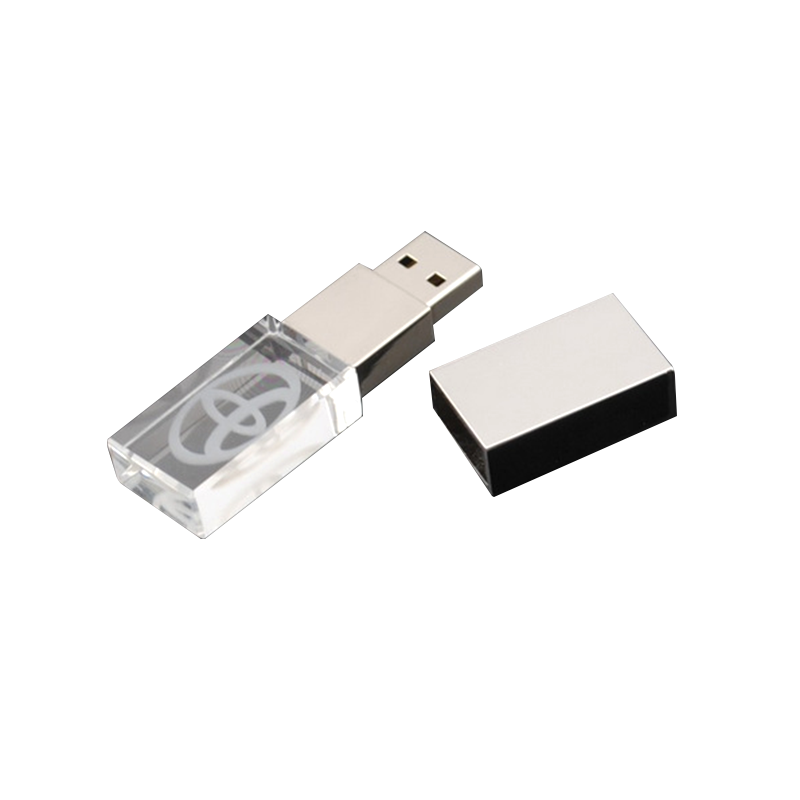Importance of Stability in Flash Drive Selection
When choosing storage solutions, performance metrics such as speed and capacity often receive attention. However, for long-term use, product stability is equally critical. For USB Flash Drive 3.0 suppliers, offering devices with consistent, reliable performance is essential to maintaining customer trust and reducing return rates. Evaluating a supplier's product stability involves both technical assessment and real-world usage analysis.

Reviewing Component Quality and Assembly Standards
A reliable USB 3.0 flash drive begins with high-quality internal components. Stability depends heavily on the NAND flash memory and controller chip used. Buyers should inquire whether suppliers use branded, high-grade NAND memory from trusted manufacturers. Consistent sourcing and proper binning (grading) of chips indicate that the supplier maintains high production standards. In addition, the physical durability of the USB housing, soldering quality, and resistance to wear over time all reflect how well the supplier controls its assembly process.
Monitoring Long-Term Performance in Real-World Conditions
Stability isn’t just about working out of the box—it’s about performing well over time. Testing flash drives under long-term usage scenarios reveals much about a supplier’s product quality. These tests involve multiple read/write cycles, exposure to environmental stress (heat, cold, moisture), and file system mounting/unmounting. Drives that retain consistent performance without errors or data corruption through repeated operations demonstrate good stability. Reliable USB Flash Drive 3.0 suppliers often publish internal test data or provide access to product endurance specifications.
Evaluating Error Correction and Wear Leveling Technologies
Advanced flash drives include features such as error correction codes (ECC) and wear leveling. These technologies are vital to maintaining data integrity and physical memory health. ECC helps correct minor data errors, which are inevitable in flash memory, while wear leveling distributes write/erase cycles across the storage medium to prevent premature failure of specific memory blocks. When evaluating suppliers, technical documentation that explains the implementation of these features provides insight into long-term product stability.
Analyzing Firmware Reliability and Update Support
Firmware is the bridge between hardware and system-level functionality. Poorly written firmware can cause glitches, file corruption, or sudden device failure. Stability-minded USB Flash Drive 3.0 suppliers invest in firmware testing and debugging, often collaborating with controller manufacturers. A supplier that offers occasional firmware updates in response to bugs or performance issues demonstrates a proactive approach to reliability.
Customer Feedback and Third-Party Endurance Reviews
What existing users say about a supplier’s flash drive can reveal much about product stability. Reviews on e-commerce platforms, forums, or tech blogs often mention whether devices fail prematurely or maintain consistent performance over time. In addition, some tech reviewers run endurance benchmarks, measuring how many terabytes can be written before the device begins to fail. Consistent positive feedback across batches is a strong indicator of stability.
Warranty Policies and Technical Support as Stability Indicators
Suppliers that are confident in their products typically offer generous warranties and responsive technical support. A multi-year warranty signals that the supplier expects their USB 3.0 drives to remain stable throughout typical usage lifespans. Furthermore, helpful technical assistance during troubleshooting reinforces that the supplier stands behind their product quality.
Conclusion
Evaluating the stability of products offered by USB Flash Drive 3.0 suppliers requires a combination of technical analysis, real-world testing, and attention to user experiences. From component selection and firmware design to warranty policies and feedback monitoring, each aspect offers clues about whether a flash drive will perform reliably over time. Stability, while not always immediately visible, is a cornerstone of true quality in USB storage solutions.
 EN
EN CN
CN ES
ES RU
RU







